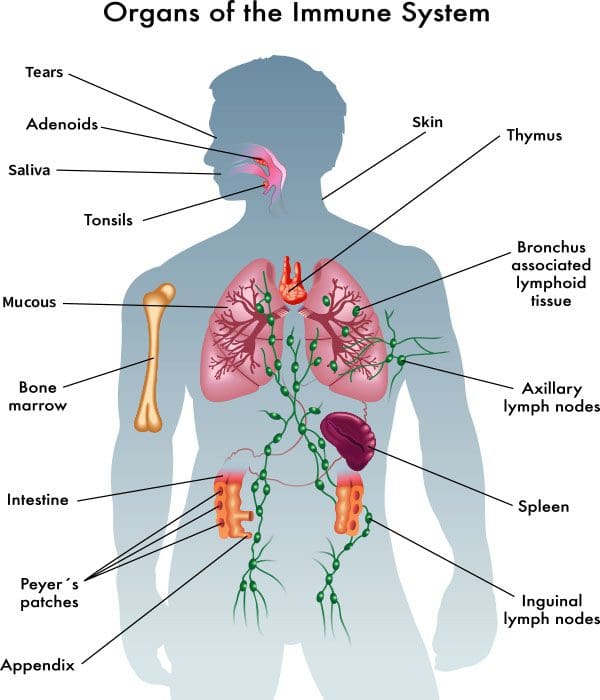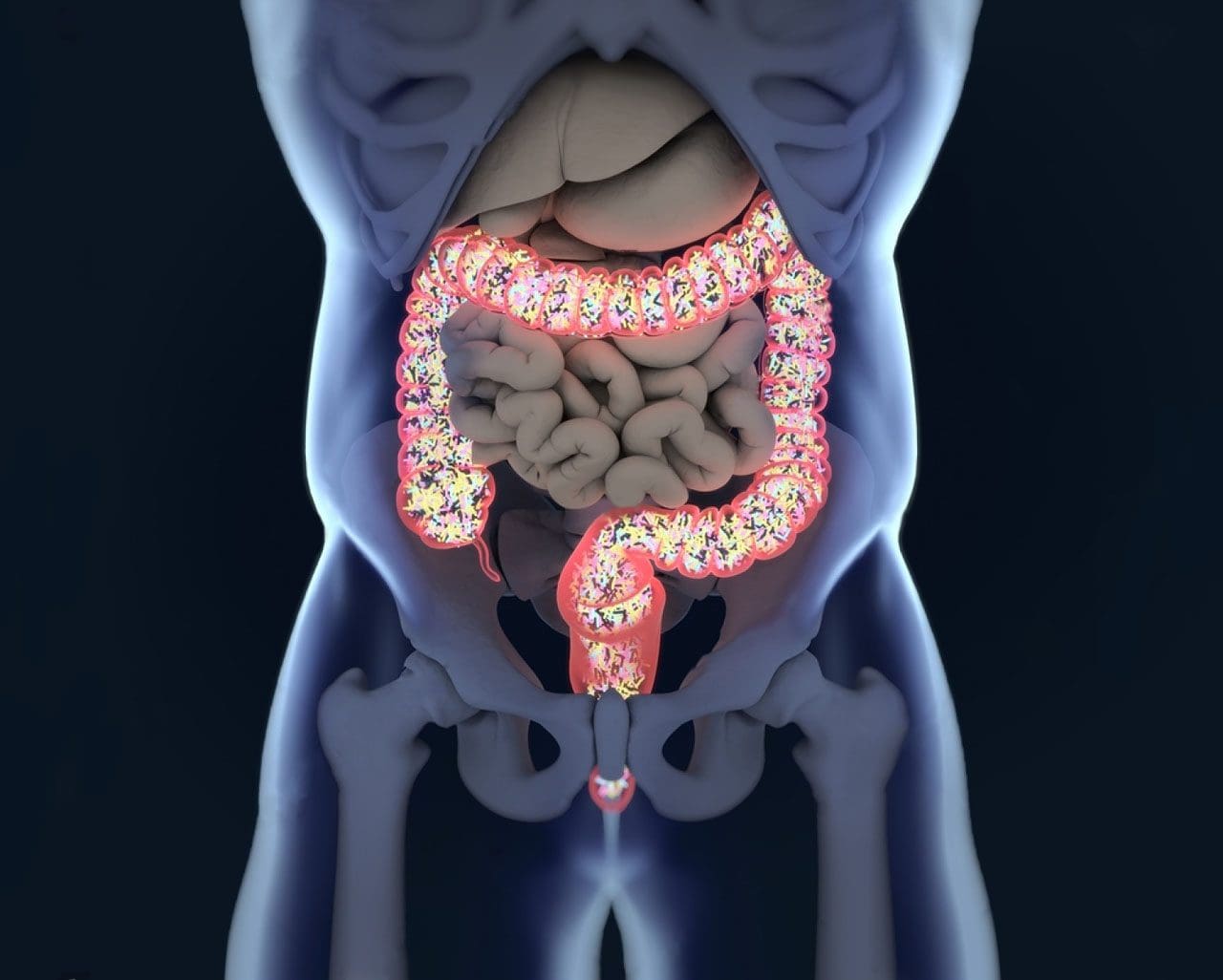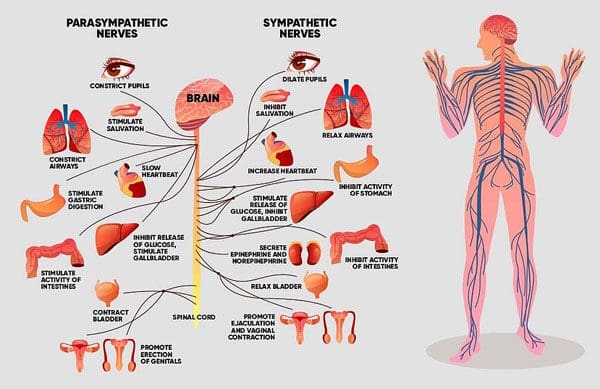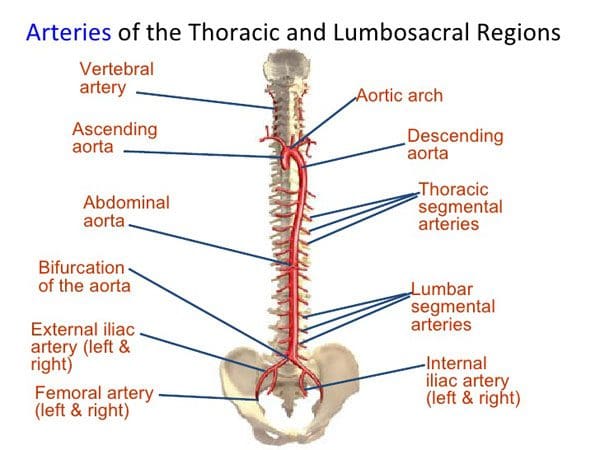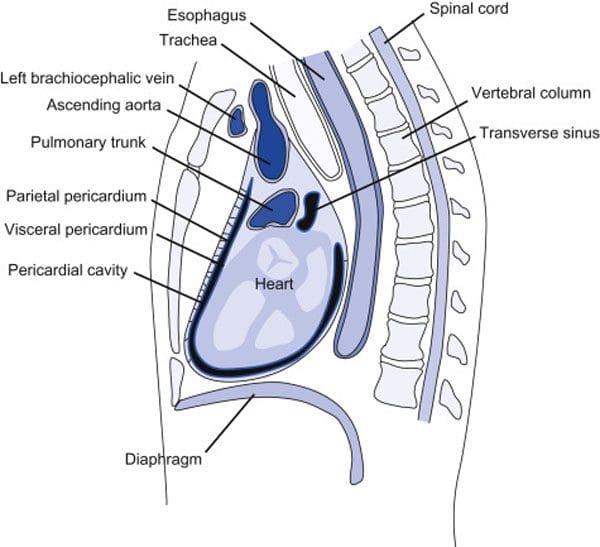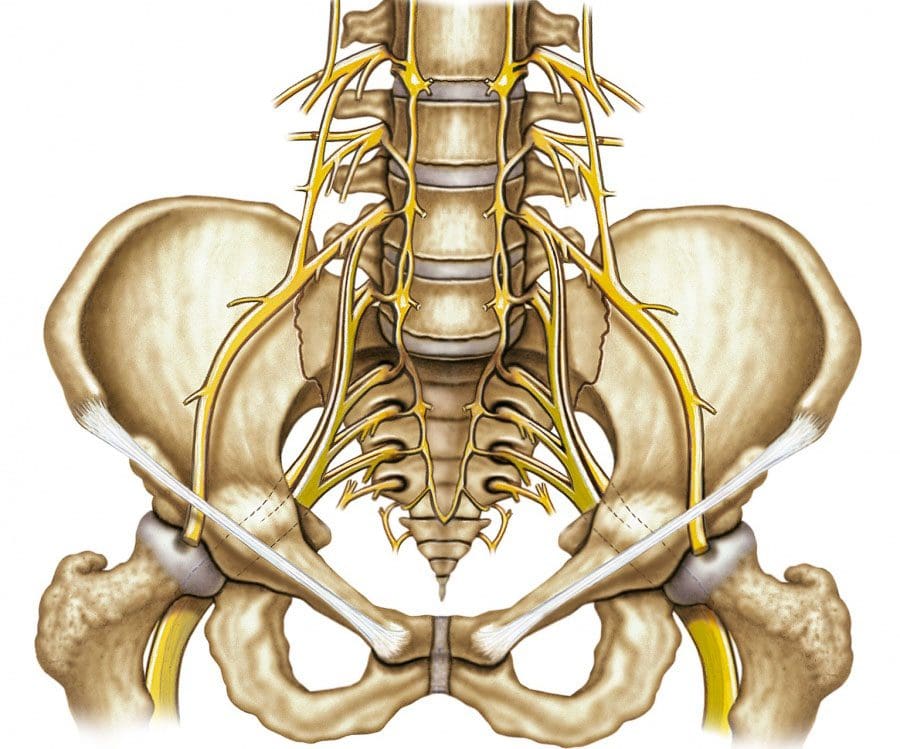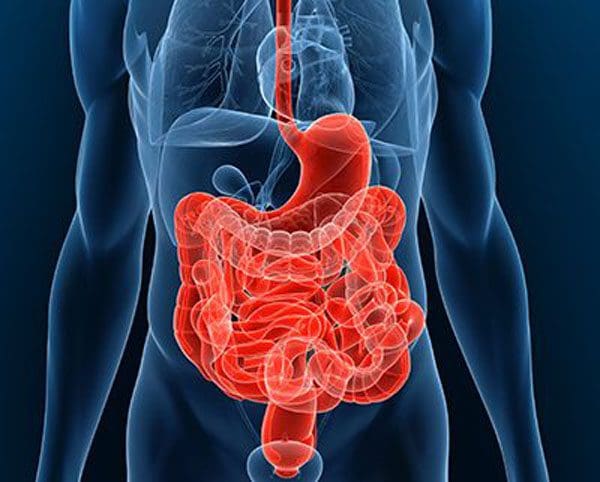
Metabolic Syndrome and Chiropractic Body Wellness
Metabolic syndrome is the term for a group of risk factors like heart disease, diabetes, along with other health issues. The number of individuals dealing with the condition could be as high as 1 in 4. An individual can have one risk factor but most have several in combination. When there are three of these risk factors it becomes metabolic syndrome. The syndrome is a collection of conditions, that culminate in a correlative diagnosis. Risk factors/Symptoms include some or all of the following:- High blood pressure
- High blood sugar
- Increased triglycerides
- Low HDL cholesterol
- Obesity
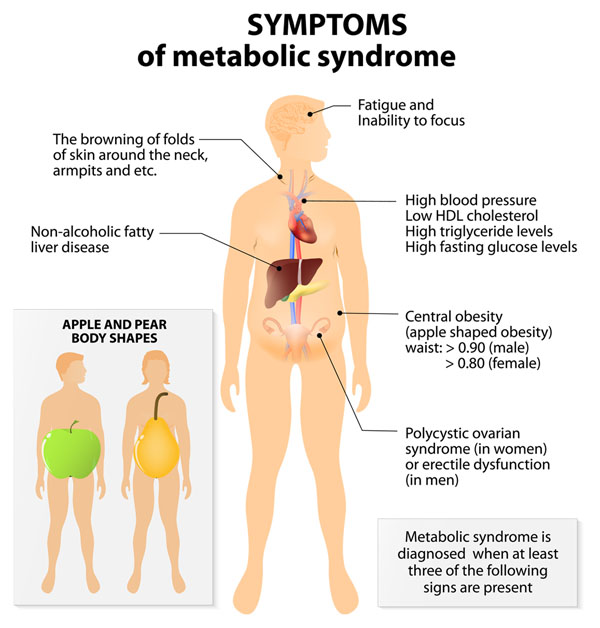
- Gastrointestinal distress
- Insulin resistance
- Heart attack
- Stroke
- Heart disease
Causes
The syndrome can have several causes that progress together:- Age the risk goes up as an individual gets older
- Genetics and family history
- Weight issues
- Physical inactivity
- Insulin resistance, a condition where the body can’t use insulin properly
- The resistance can lead to high blood sugar levels

Chiropractic
Chiropractic�s role is to stabilize the spine and the body. Too much weight leads to spinal dislocation and vertebral compression issues. This can lead to nerve impingement and disc problems. Even a small subluxation can turn into an extreme condition/s with widespread symptoms. Individuals that are overweight require a spinal realignment in order to gain proper stability. A chiropractor will administer corrective adjustments to generate the body’s natural healing process in the affected areas. Restoring the nerve pathways will promote better blood flow and nutrient delivery to and through the spine. Chiropractic will set the tone for a metabolic syndrome reversal. The second phase of treatment will look at diet and exercise. This serves a dual purpose of introducing proper nutrition to the body, encouraging weight loss, and conditioning the individual’s mindset for the lifestyle adjustments/changes. A healthy/balanced spine will help those with metabolic syndrome get a proper foothold on turning their poor lifestyle into a healthy one.
Reversal
The syndrome can be reversed with the right treatment approach. Usually, this begins with weight loss. Once the weight begins to reduce the secondary benefits kick in. This includes a reduction in blood pressure and a decrease in triglycerides. Once an individual’s spine is stable, they will then be educated on how to adapt and apply a long-term plan to maintain healthy habits for diet, physical activity, sleep, and stress relief strategies. As chiropractors focus on whole-body wellness, treatment plans will also look at:- Sleep
- Gut homeostasis
- Chronic pain
- Inflammation
- Aches and pains


